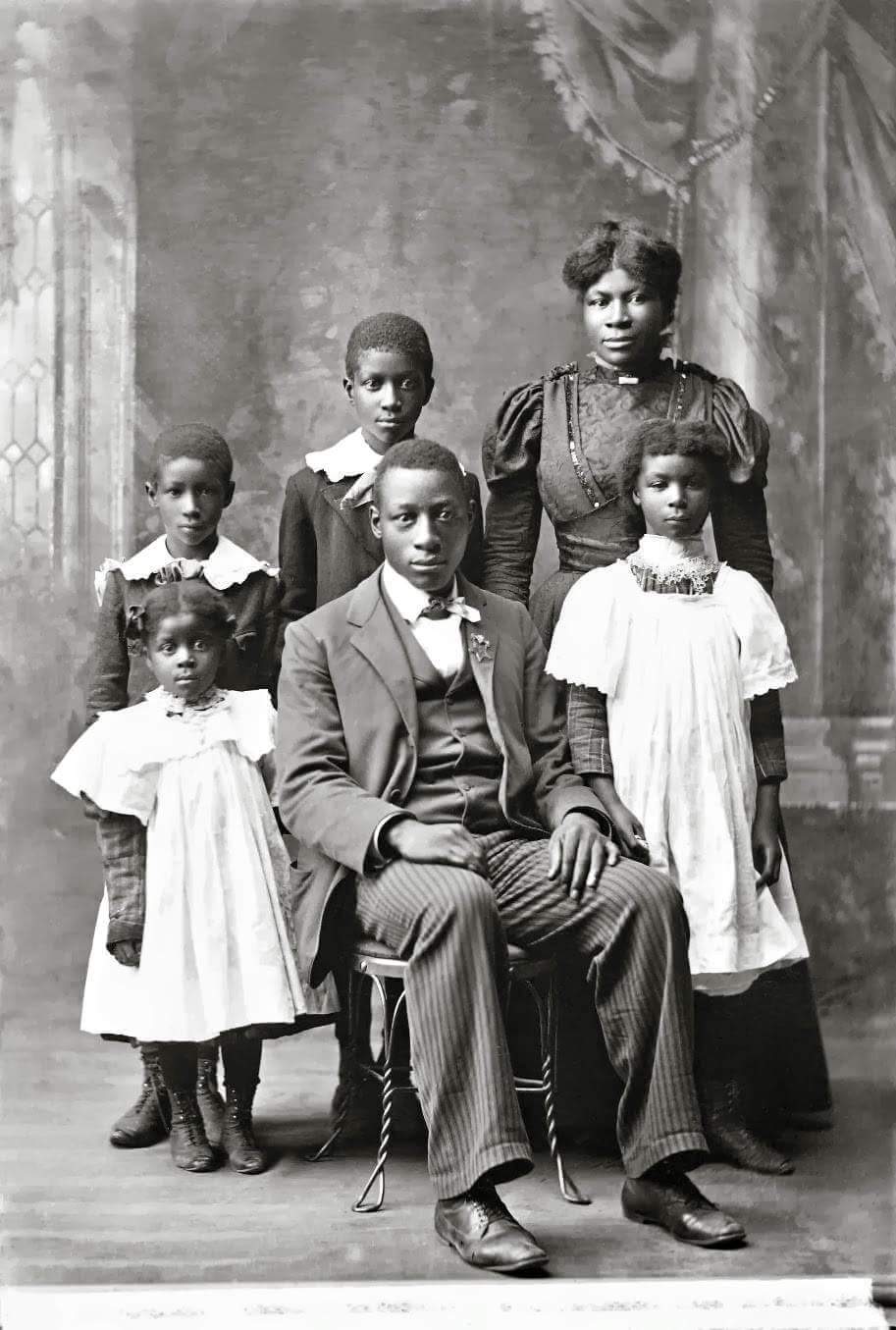Pictured is the Higdon family. This photograph was taken in the year 1898 in Britain. Who were the Black Victorians? Mainstream history has virtually erased them from our minds and history books. We have been filled with images of slavery in America and across the world, but why is it that this chapter in black history was skipped? Why isn’t it equally common knowledge that in the midst of all of that darkness there was Victorian Britain have been revealed to the public for the very first time.
Delicate, rare and striking – forgotten photographs of black Britons in the late 19th and early 20th century have been unearthed from the depths of the Hulton Archive — one of the world’s oldest and largest archives holding over 80 million images.
Black Chronicles II, a photographic exhibition at Rivington Place in East London is currently showcasing over 200 images that explore black presences in Victorian Britain, the majority of which have never been revealed to the public.
Part of “The Missing Chapter” — a three-year project devoted to researching and revealing the earliest imagery of black people in Britain — curators Renée Mussai and Mark Sealy of archive and research centre Autograph ABP have re-introduced a neglected part of history to the public consciousness.
“We have been doing this work around black representation through the prism of photography for 25 years,” says Mussa.
“What we wanted to do with this research project was to expand, if you like, the narrative back to the very early days – to the invention of photography in 1839.”
Going far back in time
The history of black people in Britain is most commonly traced back to 1948, when the “Empire Windrush” ship carried 492 Jamaican passengers to British shores, following an ad in a Jamaican newspaper promising affordable carriage on board for those seeking a new life and work in the UK.
Searching for images taken prior to this moment proved to be both exciting and overwhelming.
“We didn’t know what we would find in the archive.” Mussai exclaims.
“The Hulton Archive didn’t know what they had because they didn’t look at it with this particular remit in mind, and with 80 million records, you can imagine things get lost!”
After extensive rummaging, a wealth of hitherto unknown photographs, carte-de-visites (thin paper photograph mounted on thick paper card), cabinet cards and albumen prints resurfaced.
At one point in history, people of color were included in high society and walked the cobbled streets of Britain. The women wore intricate, voluminous gowns and wore their hair in curls and chignons. The men in suits and fair business. This may not have been the case for all black people in Britain, but for some it was.
The Victorian Era was ruled under Queen Victoria, an era that is described as an opulent culture, although there were underlying bouts of poverty and child labor. History would like you to believe that black people didn’t arrive in Britain until 1948 during “The Empire Windrush”, when many Jamaican descendants entered the country, but that is not so. There has been proof to suggest otherwise. There is documentation that proves that it wasn’t uncommon to see black faces at a Shakespeare show. We’ve been there all along, humming softly in the background.These images prove that you can’t take mainstream history at face value. Take the time to look behind the curtain and uncover OUR history. It’s as if our ancestors are just waiting for us to seek them out.



